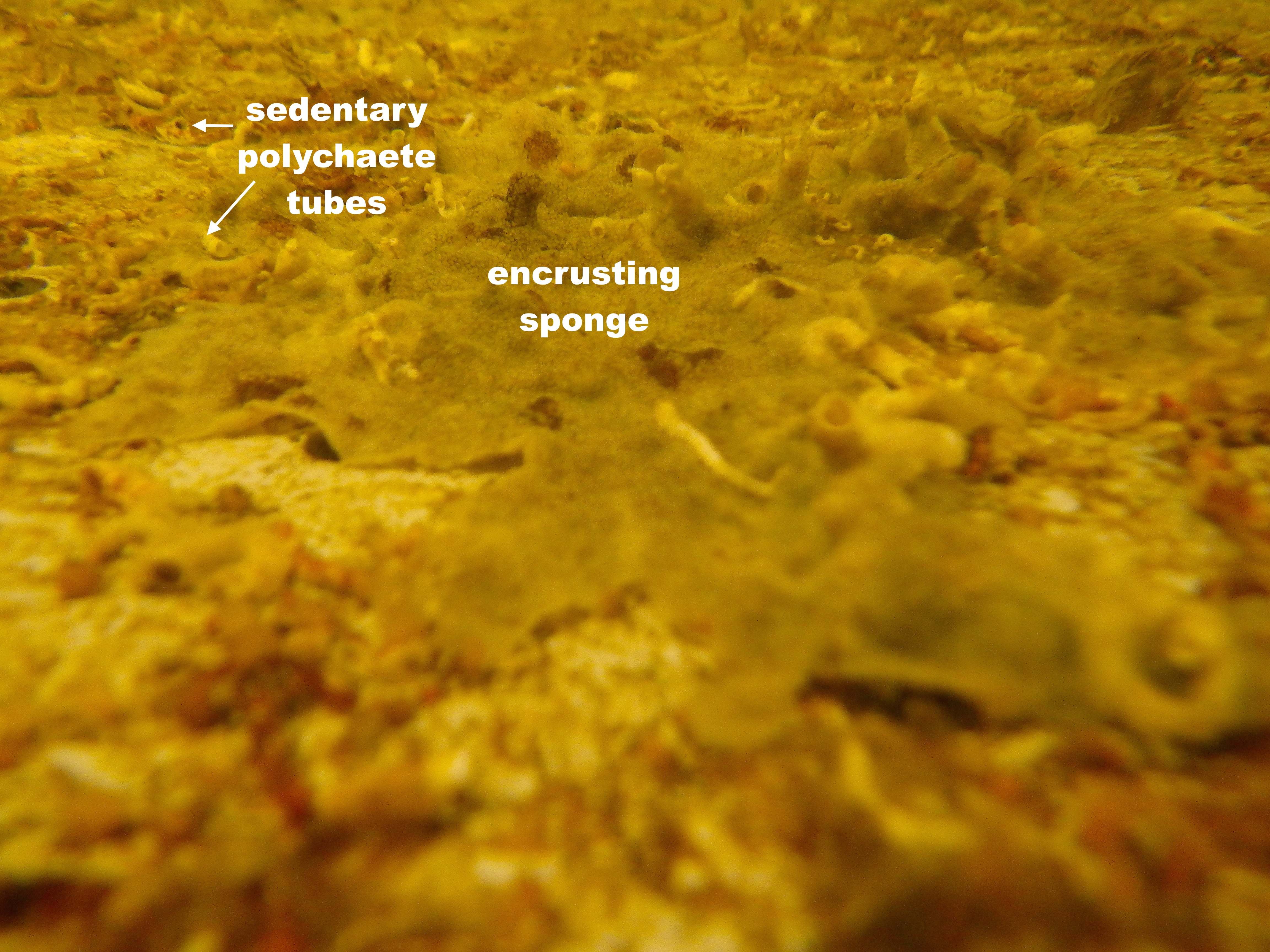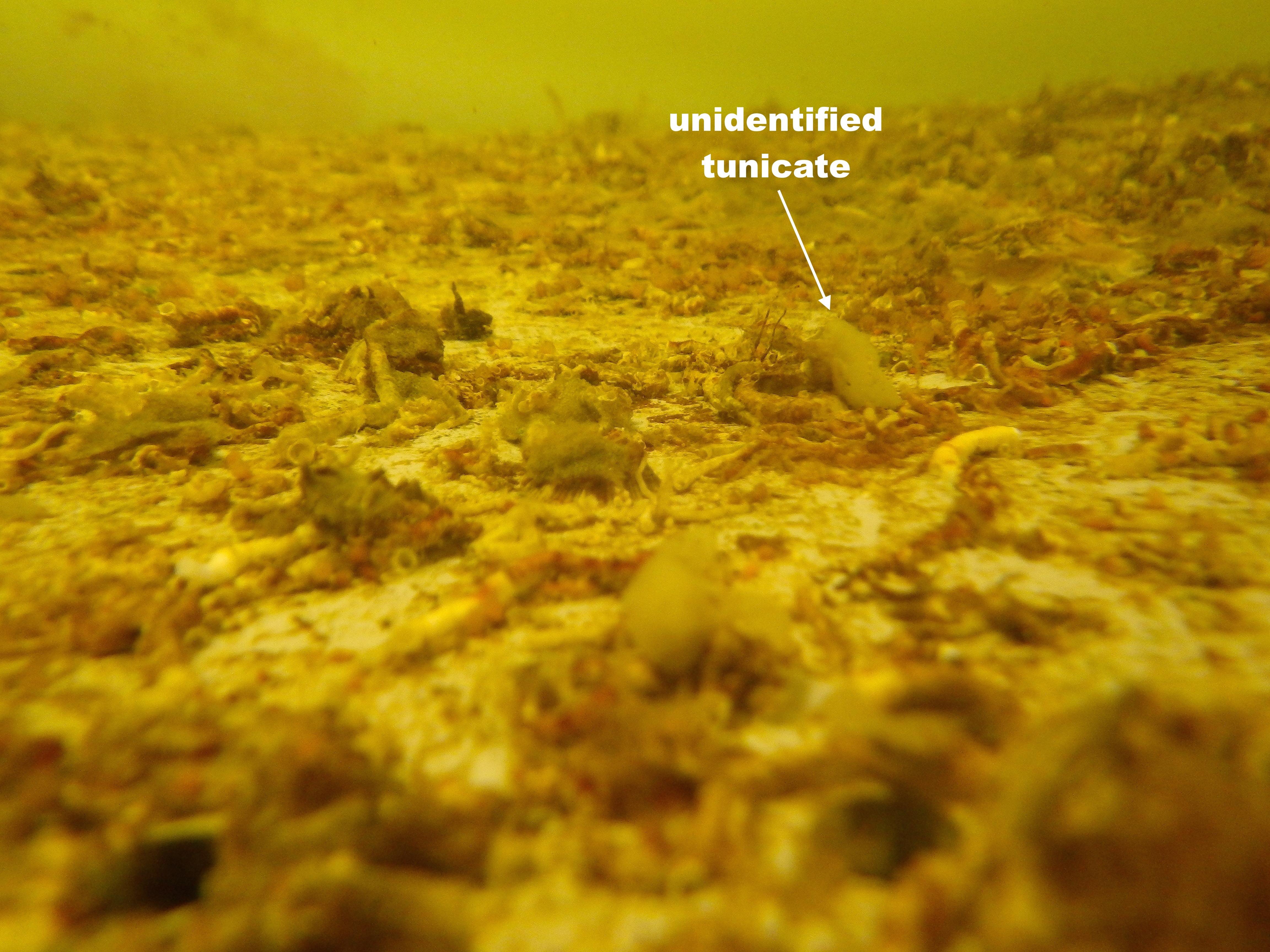Microhabitat
M. pachycera, like all its other epitokous relations, is a benthic polychaete, excepting its pelagic sexual stolons (Ruppert et al., 2004). While the specific microhabitat of M. pachycera does not seem to have been defined specifically in the literature, the species is solely marine (Read & Fauchald, 2014), most likely found in shallow-water coastal habitats like estuaries, reefs and sea grass beds (Franke, 1999; Cinar, 2003; Rilov & Crooks, 2009).
The project specimen was collected from a biofouling settlement plate, that was submerged in Moreton Bay’s Manly Boat Harbour, Brisbane, Queensland, Australia. A biofouling community is simply a community of plants and animals that have settled on an artificial surface (Figure 1; Rilov & Crooks, 2009). By definition, the organisms that make up these communities are usually sedentary or completely attached to the substrate, though there are clearly exceptions, as is shown by the occurrence of M. pachycera. In fact, M. pachycera’s proclivity for biofouling is implicated in its wide biogeographic distribution.
 
|
|
Figure 1 The biofouling settlement plate that the project specimen was collected from. These photos were taken a number of weeks after the specimen was collected so the biodiversity represented here is probably lesser than what it was originally.
|
|